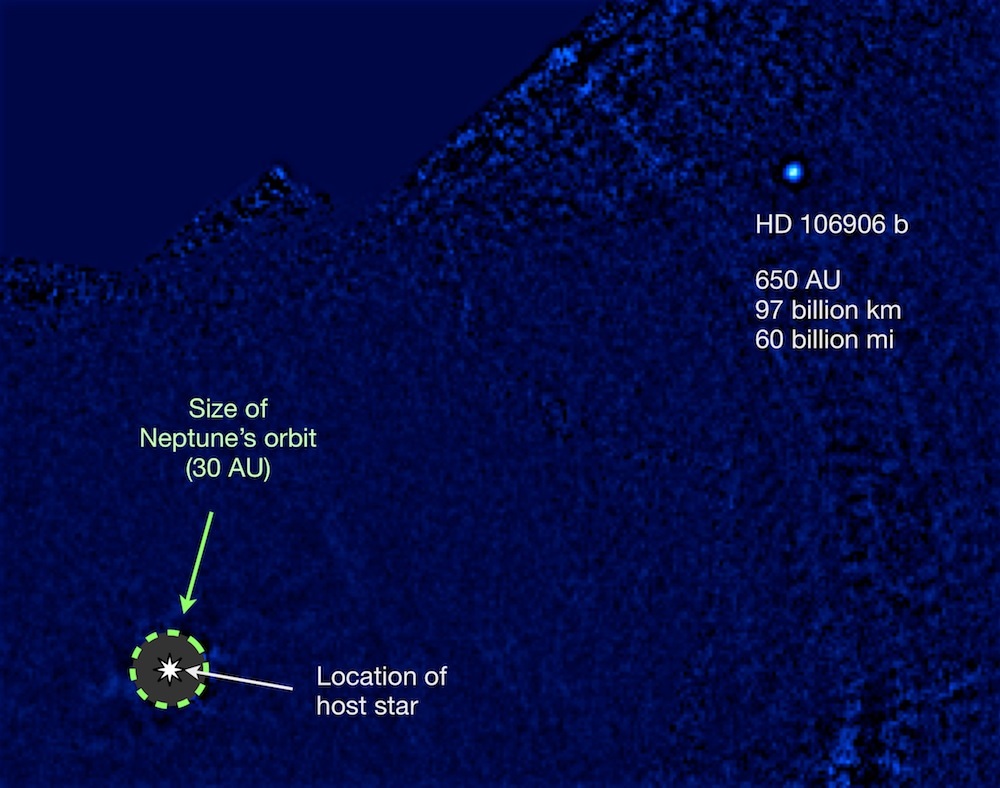I guess that explains the request to 'go look with telescopes'.
Even the perihelion position wouldn't light up Planet Nine, as the entire orbit is simply too far out. I only pointed out the rather apparent contradiction between an invisible planet and calling for a telescope search.
It's only an if if you don't believe their calculations. It's the only possible explanation for aberrations observed. Ergo it exists.
From what I understand the stars can be imaged, and aberrations in light emission let's existence of planets be induced. But if you say photos of the planets themselves exist I'd be happy to see some.
I gather you didn't read the article very well. No surprise there.
Even the perihelion position wouldn't light up Planet Nine, as the entire orbit is simply too far out. I only pointed out the rather apparent contradiction between an invisible planet and calling for a telescope search.
I explained this in another thread (I think in OT) but this is not proven by a long shot, so it still is an 'if'.
It's only an if if you don't believe their calculations. It's the only possible explanation for aberrations observed. Ergo it exists.
And they most definitely could image it with the telescopes available if it exists and it is as massive as predicted. It won't be a pretty image - maybe just a few pixels - but it could be done. We are already capable of directly imaging planets in other solar systems under the right circumstances. This would be much, much easier than that.
From what I understand the stars can be imaged, and aberrations in light emission let's existence of planets be induced. But if you say photos of the planets themselves exist I'd be happy to see some.
Secondly, no one but you has any clue regarding composition, so for anyone else determination of reflectivity would be impossible. I expect they will be eager to have you tell them the value to plug in there.
I gather you didn't read the article very well. No surprise there.




